A healthy heart is essential for a long and fulfilling life. Alongside a balanced diet, regular exercise plays a crucial role in maintaining heart health. In this article, you’ll learn about the best exercises for strengthening the heart and practical ways to incorporate physical activity into your daily routine. Additionally, we’ll explore the benefits of supplements like Nattokinase and vegan Omega-3 fatty acids for heart health.
The Best Exercises for a Strong Heart
Physical activity strengthens the cardiovascular system and helps reduce the risk of heart diseases. Aerobic exercises like running, cycling, and swimming are particularly effective. These activities increase heart rate and improve oxygen uptake in the body, leading to better heart function. Engaging in 30 minutes of moderate exercise five days a week can significantly lower the risk of heart disease.
Strength training is also important. Exercises using weights or body weight enhance muscle strength and boost metabolism. A well-conditioned muscle system supports heart function and improves blood circulation. Activities such as lifting weights, resistance band exercises, or body-weight workouts like push-ups and squats can be incorporated into your fitness routine to build strength.
Yoga and Pilates offer additional benefits for heart health. These practices combine gentle movements with breathing techniques that help reduce stress and regulate heart rate. They also improve flexibility and overall well-being. Practicing yoga or Pilates a few times a week can complement more vigorous workouts and provide a holistic approach to heart health.
How to Integrate Exercise into Your Daily Routine
Incorporating exercise into your daily life doesn’t have to be complicated. Often, small changes make the biggest difference. Start your day with a short walk or use your lunch break to take a quick stroll. Instead of taking the elevator, opt for the stairs. Short but intense workouts, like High-Intensity Interval Training (HIIT), can also be very effective and easily fit into a busy schedule. HIIT workouts typically involve short bursts of intense exercise followed by brief rest periods, maximizing cardiovascular benefits in a short amount of time.
Combining exercise with social activities can also be beneficial. Arrange to meet friends for a group workout or join a sports club. The social aspect can boost motivation and make physical activity more enjoyable. Activities such as group cycling classes, dance classes, or even organized sports leagues can add a fun and competitive element to your fitness routine.
Moreover, consider setting specific fitness goals to stay motivated. Whether it’s training for a 5K race, aiming to lift a certain amount of weight, or simply committing to regular yoga sessions, having clear objectives can help maintain your exercise regimen. Tracking progress with fitness apps or journals can also provide a sense of accomplishment and keep you on track.
Nattokinase and Omega-3: Support for the Heart
In addition to regular exercise, certain supplements can further support heart health. Nattokinase, an enzyme derived from fermented soybeans, has proven particularly beneficial. It helps thin the blood and prevent clot formation, reducing the risk of heart attacks and strokes. If you’re interested in buying Nattokinase, look for products sourced from high-quality, natural ingredients without unnecessary additives.
Omega-3 fatty acids are also well-known for their heart-protective properties. They help reduce inflammation, lower blood pressure, and regulate cholesterol levels. For those following a vegan diet, there are many plant-based Omega-3 sources available. Algal oil is an excellent alternative to fish oil, containing essential Omega-3 fatty acids DHA and EPA. Buying Omega 3 Vegan (vegan Omega-3) is a great option for anyone looking to support their heart health while avoiding animal products.
When choosing Omega-3 supplements, opt for those that provide a high concentration of DHA and EPA, as these are the most beneficial forms of Omega-3 for heart health. Additionally, check for third-party testing to ensure purity and potency. Integrating these supplements into your daily routine can complement the benefits of regular exercise and a heart-healthy diet.
Conclusion
Regular exercise is essential for maintaining heart health. Aerobic workouts, strength training, and gentle exercises like yoga all contribute to a stronger heart and reduced risk of heart disease. Small changes in your daily routine can help you incorporate more physical activity and improve overall well-being. Additionally, supplements like Nattokinase and vegan Omega-3 fatty acids offer valuable support for heart health. Investing in your heart health through a combination of exercise, diet, and supplements will yield long-term benefits and help you lead a healthier, more vibrant life. Remember, your heart will thank you for every step you take towards a more active and healthy lifestyle.

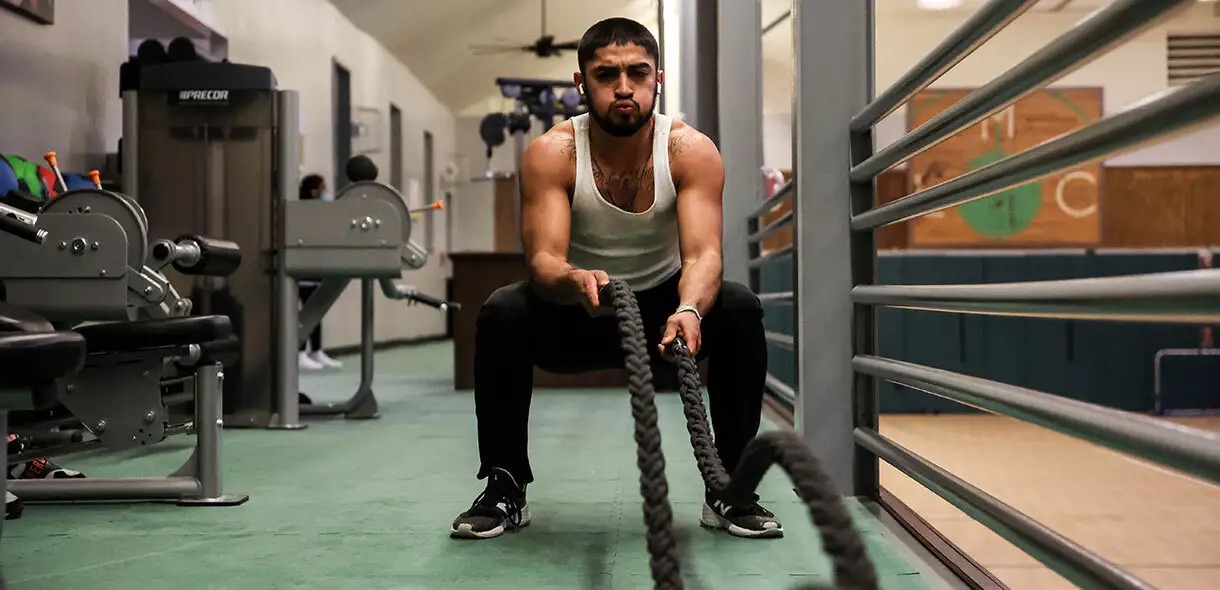
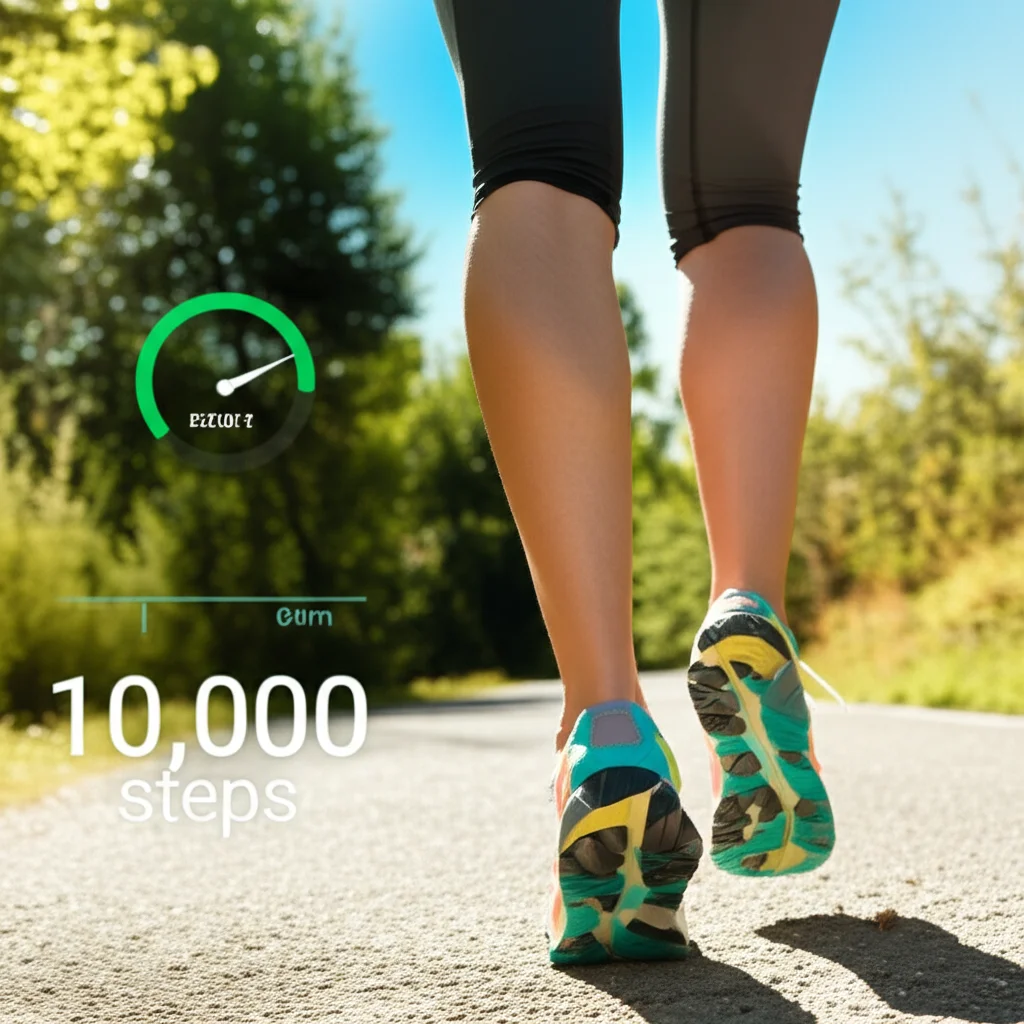
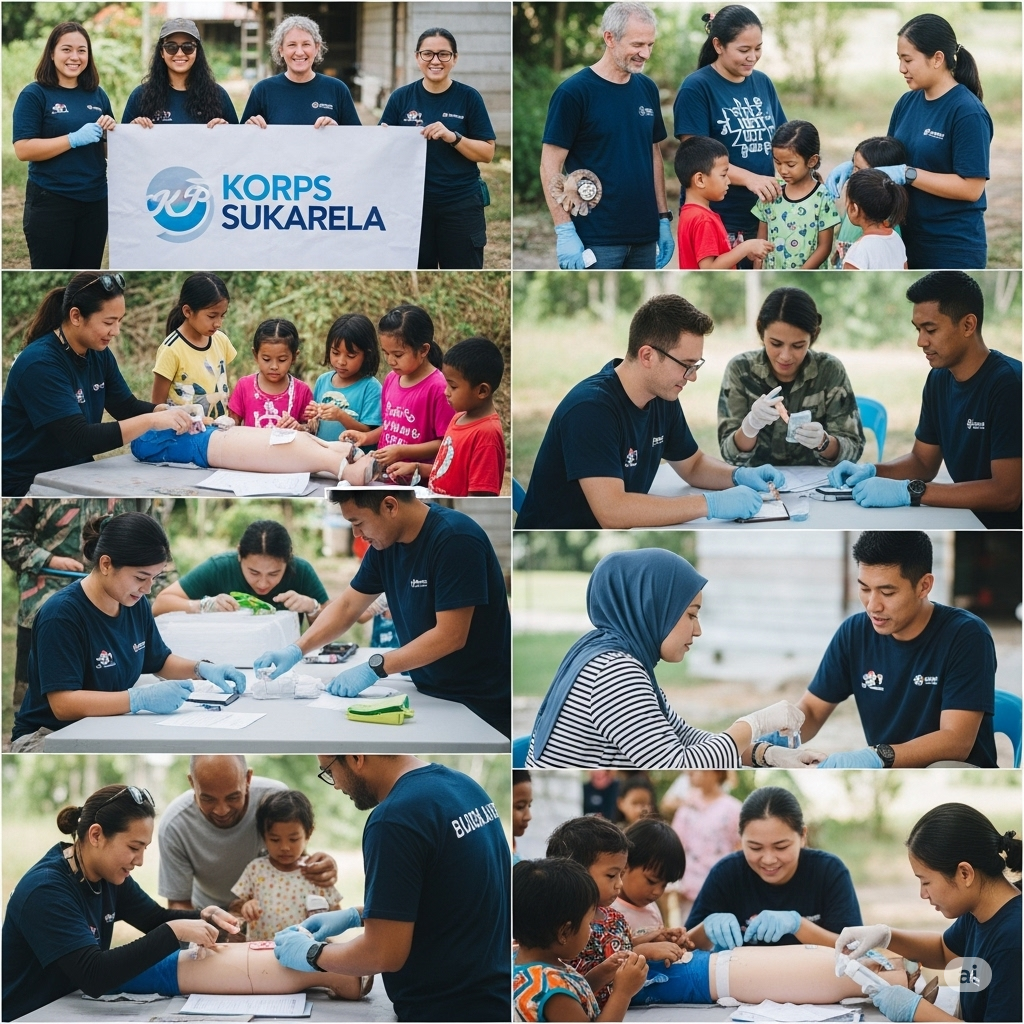
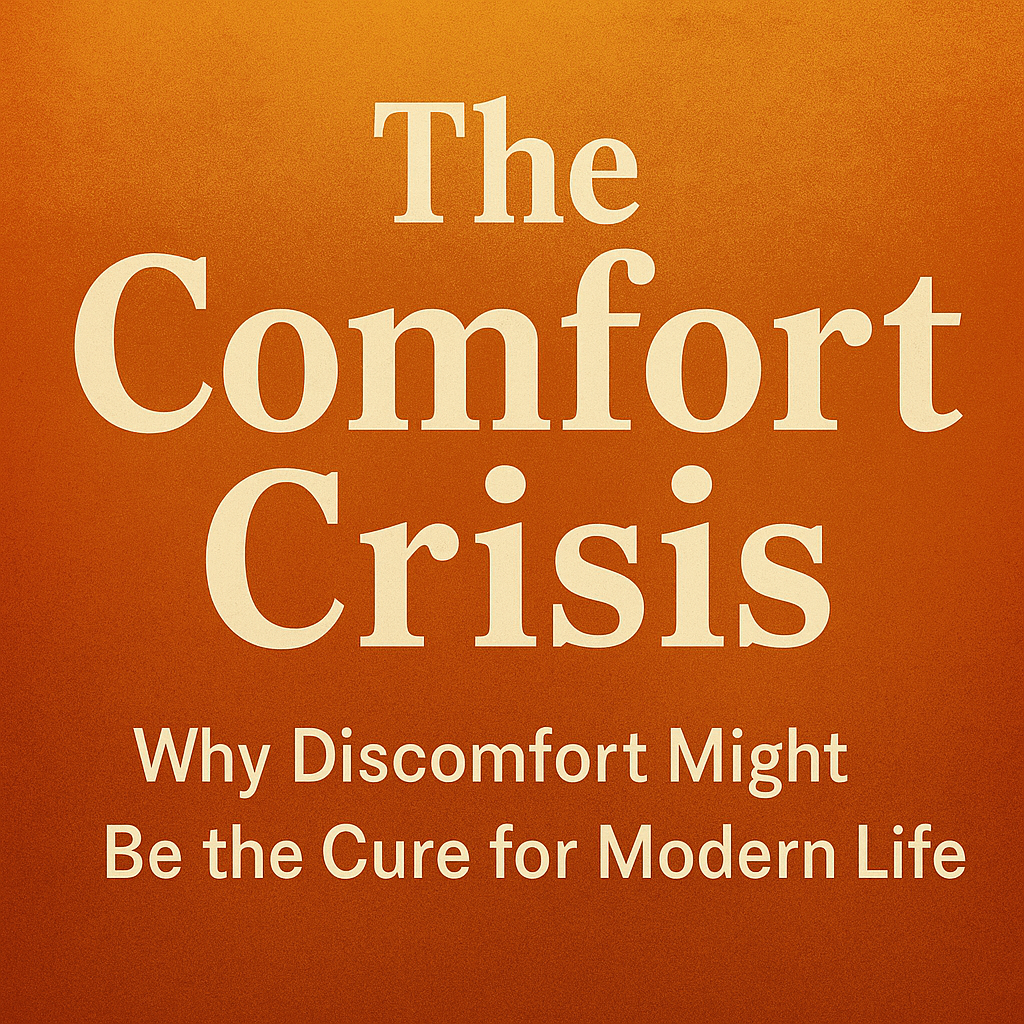





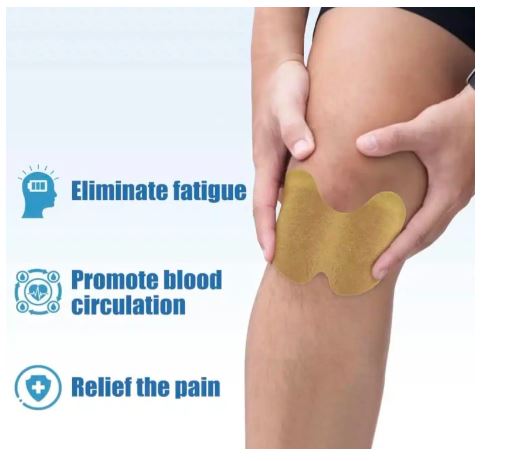



Leave a Reply